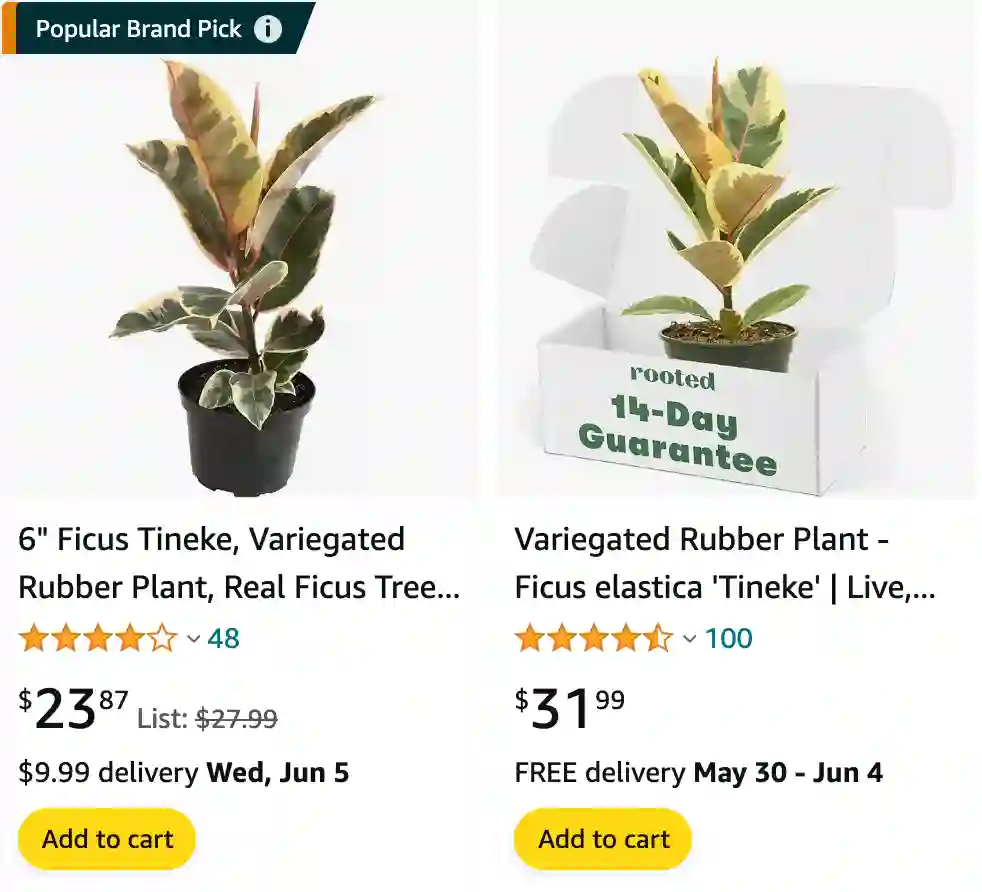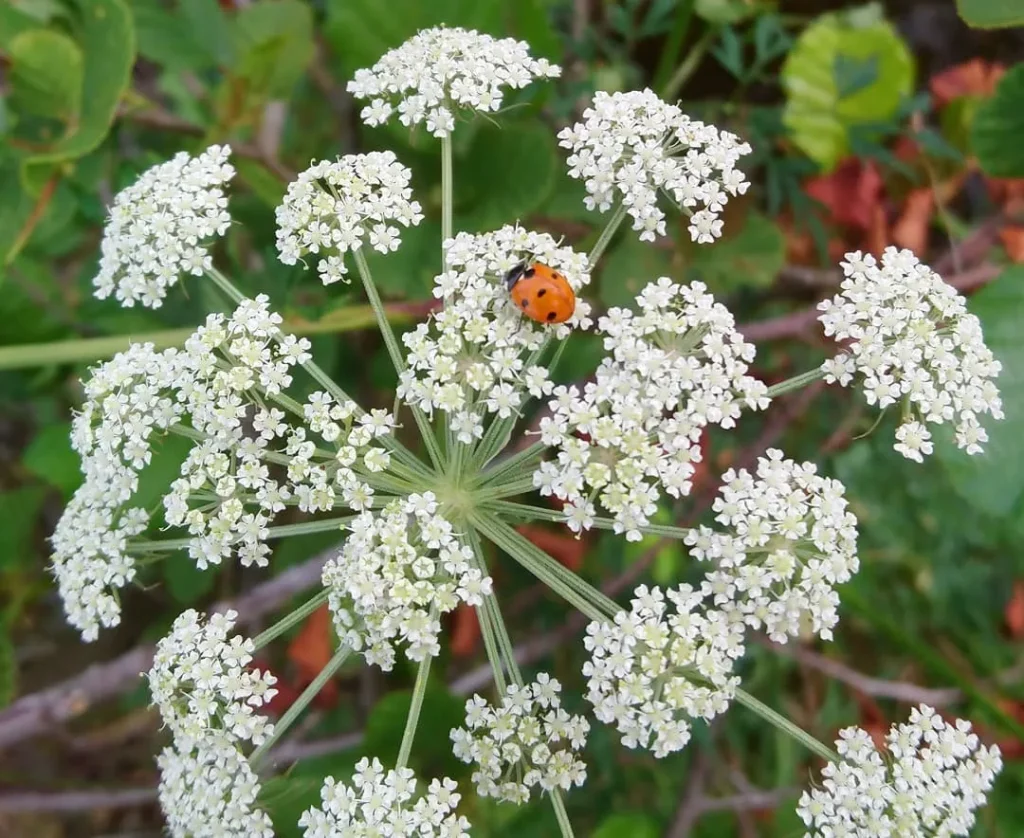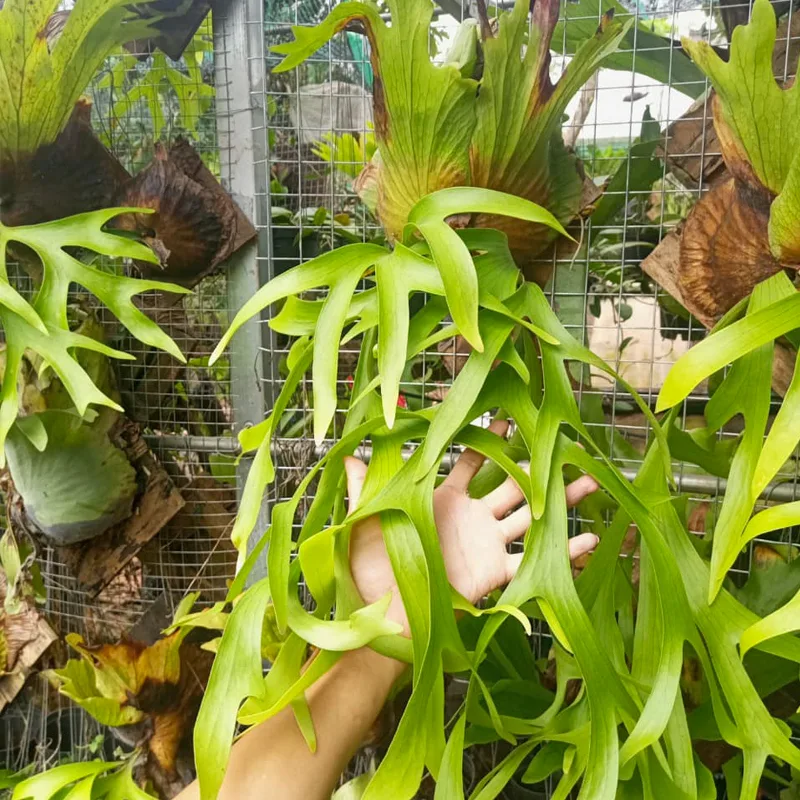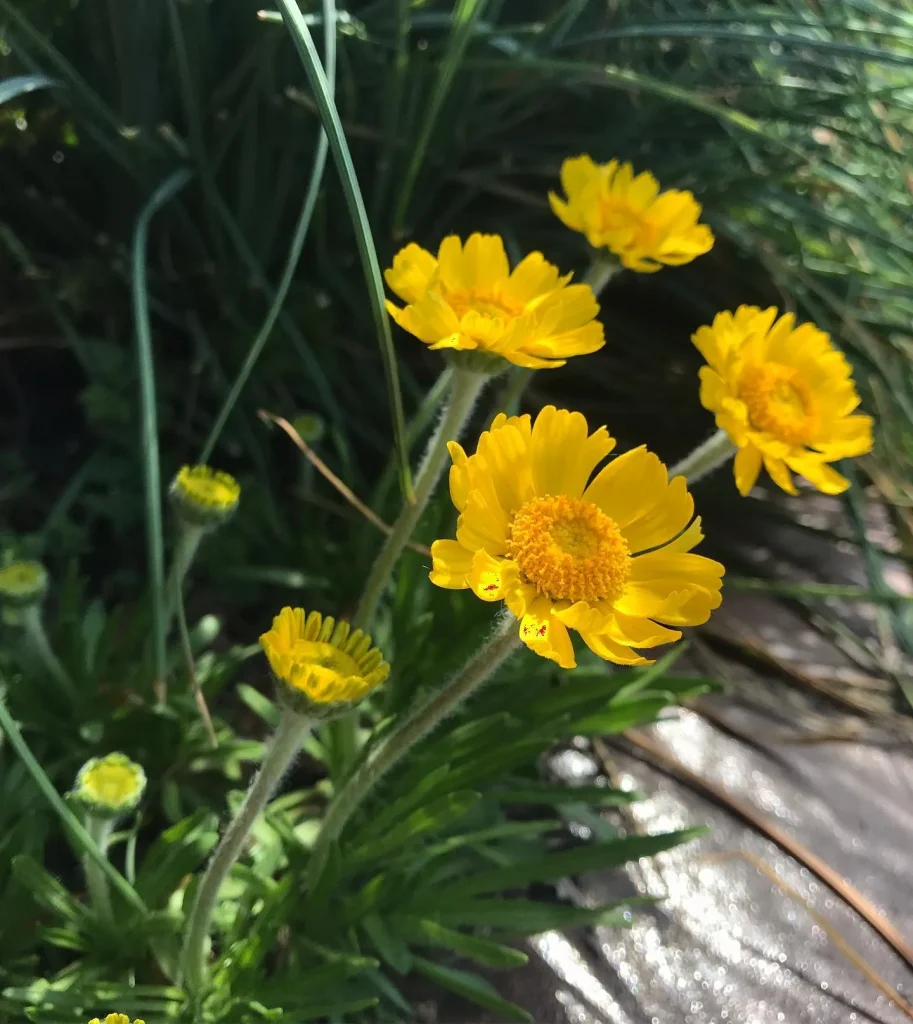
How to care for Ficus Elastica Tineke?
Here’s a breakdown on how to care for your Ficus Elastica Tineke, also known as the Rubber Tree Tineke:
880 Species in Genus Ficus
Light:
- Bright, indirect light: This is key for maintaining the beautiful variegated foliage. Direct sun, especially harsh afternoon sun, can scorch the leaves.
- East or north-facing windows: These provide ideal lighting conditions. If your home lacks such windows, you can try supplementing with grow lights.
Water:
- Water thoroughly when the top inch of soil dries out: Sticking your finger into the soil is a good way to check moisture levels. Avoid overwatering, which can lead to root rot.
- Frequency: Watering frequency will vary depending on factors like pot size, light conditions, and temperature. During the growing season (spring and summer), you might water once a week, while less frequent watering is needed in winter.
Soil:
- Well-draining potting mix: This is crucial to prevent root rot. A commercial potting mix designed for indoor plants or a mixture of potting soil, perlite, and orchid bark can work well.
Fertilizer:
- Light feeding: Feed your Ficus Elastica Tineke a balanced fertilizer diluted to half strength during the growing season (spring and summer). You can do this every 4-6 weeks. Skip fertilizing in fall and winter.
Humidity:
- Moderate humidity is ideal: Dry air can cause brown leaf edges. You can increase humidity by grouping plants together, using a pebble tray with water, or using a humidifier.
Temperature:
- Warm temperatures: Aim for temperatures between 60°F and 75°F (15-24°C). Avoid placing your plant near cold drafts or vents.
Pruning:
- Pruning is optional: You can prune your Ficus Elastica Tineke to encourage bushier growth or control its height. Prune during the growing season using sharp, sterile pruners.
Propagation:
- Propagatable: You can propagate your Ficus Elastica Tineke through stem cuttings. Take stem cuttings in spring or summer and follow standard propagation techniques for stem cuttings.
Additional Tips:
- Rotate the plant occasionally: This ensures even growth and prevents the plant from leaning towards the light source.
- Wipe leaves with a damp cloth: This removes dust buildup and allows the plant to photosynthesize efficiently.
- Clean up fallen leaves: This helps prevent the spread of pests and diseases.
How to propagate Ficus Elastica Tineke?
Propagating my Ficus Elastica Tineke has been an exciting project. I used the stem cutting method, taking a healthy piece with a few leaves and nodes. I let the cutting dry out for a day or two to callous over, which helps prevent rot. After that, I planted it in a pot with well-draining soil, keeping it moist but not waterlogged. To increase the chances of rooting, I covered the pot with a plastic bag to create a mini greenhouse effect, maintaining humidity. It took several weeks, but eventually, I noticed new growth, indicating that roots had developed.
Is Ficus Elastica Tineke plant toxic to cats?
Unfortunately, my Ficus Elastica Tineke is toxic to cats, which was a concern for me since I have a curious feline at home. I had to take extra precautions to ensure my cat couldn’t reach the plant. I placed it on a high shelf and used pet-safe deterrents around the area to keep my cat away. Knowing that ingestion can cause symptoms like drooling, vomiting, and lack of appetite, I’m always vigilant and make sure to monitor both my plant and my cat closely.
Ficus Elastica Tineke vs Ruby
The primary distinction between Ficus Elastica Tineke and Ficus Elastica Ruby lies in their leaf colors; Tineke features variegated green and cream or pale yellow leaves, while Ruby’s leaves are vibrant coral or pink in color.
Ficus Elastica Tineke vs Belize
Between Ficus Elastica Tineke and Belize, I find Tineke’s variegation more striking and vibrant, adding a lively contrast to my indoor space. Ficus Elastica Belize, while equally attractive, has a deeper green hue that blends well with my other plants, giving a more uniform look to my collection.
If i die, water my plants!



